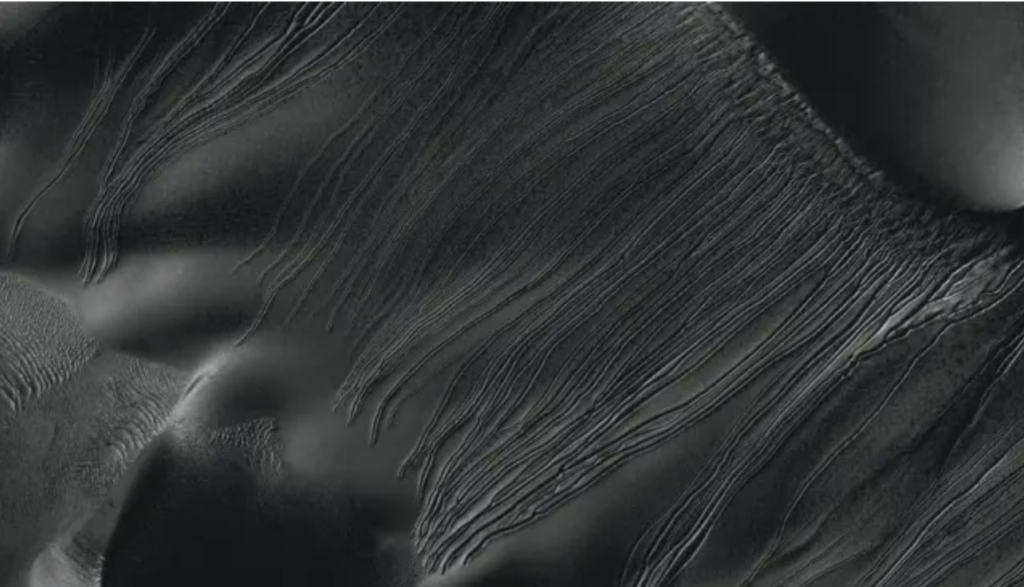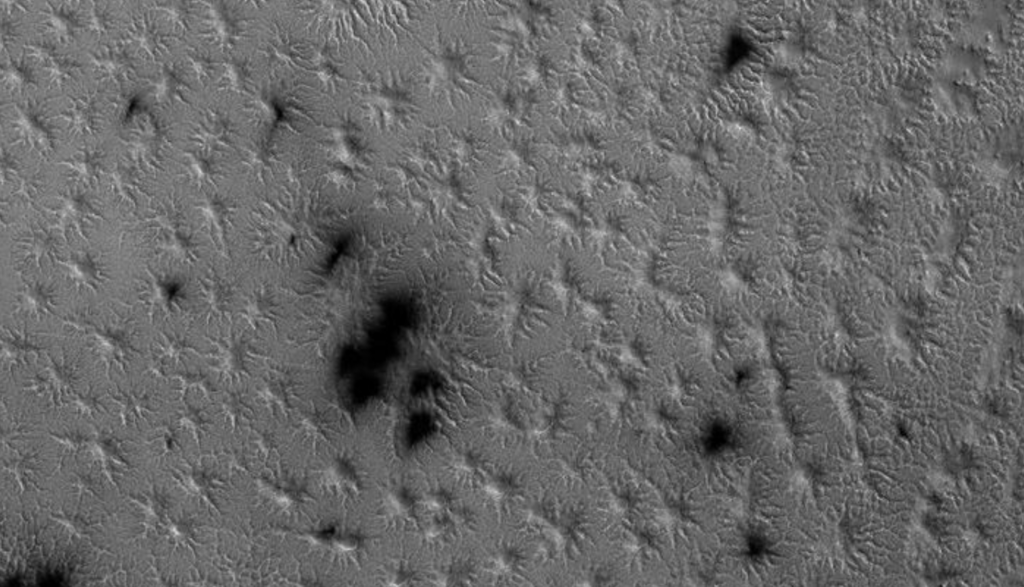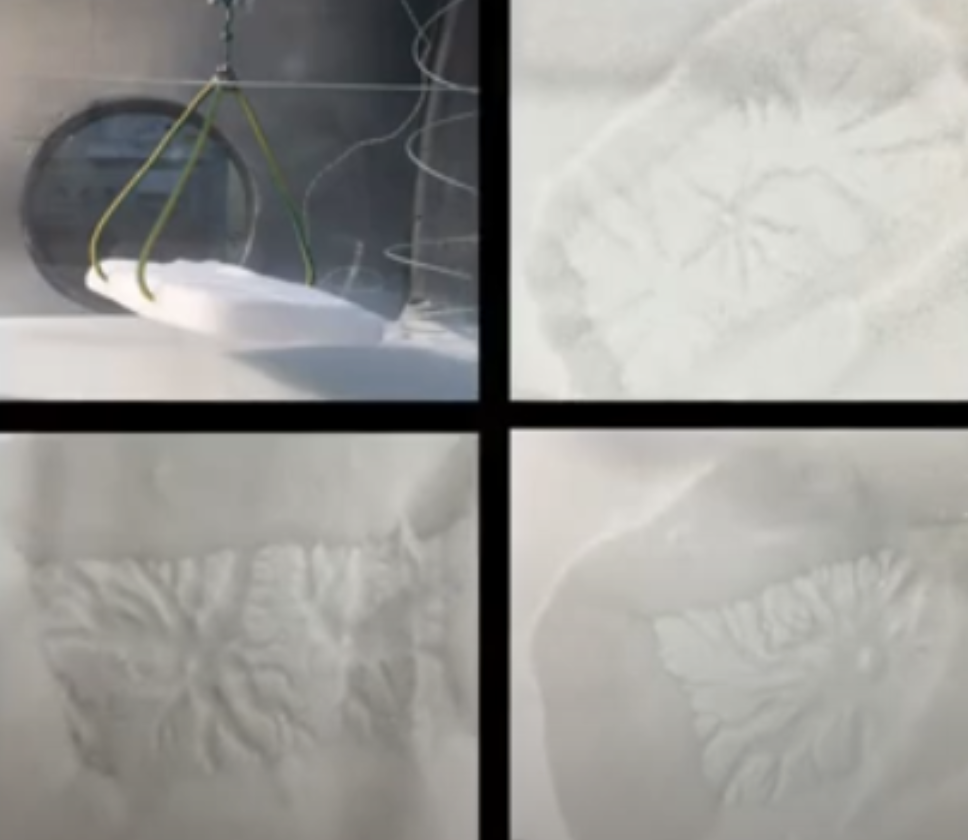When hearing the terms spiders on Mar and Europa, many think of alien life. However, that is not the case.
Spiders in reference to Mars and Europa instead refer to landforms observed on the Martian and Europa surfaces. These have an interesting and mysterious process of forming. Dr. Lauren Mc Keown discusses in detail the potential process of these formations and her research supporting this hypothesis.
Dr. Lauren Mc Keown is currently an icy planetary geomorphologist at NASA Jet Propulsion Laboratory. Her previous experience is at NASA Ames, The Open University, and the Natural History Museum. With this experience, Dr. Mc Keown specializes in icy surface processes analog lab experiments. Which she utilizes while researching the spiders and plumes of Mars and Europa.
Now despite Mars being a cold and dry planet, it has active surface processes occurring year by year.
Dr. Mc Keown shares that Mars has polar ice caps just like Earth. It has a seasonal ice cap made of CO2 ice that descends on the Martian surface. Now as the season changes, the ice cap transitions from ice to gas, which creates surface features on Mars. The Martian surface has many features that are unlike what we see on Earth and are still active, growing, and extending over time due to the sublimation of the CO2 ice cap as the seasons change.
Two features that are seen on the surface and are believed to occur due to the sublimation are Linear Gullies and Spider formations.
Dr. Mc Keown shares some interesting information about Linear gullies and their pits. She stats, “Linear gullies are often long sinuous channels that are found on sand dunes on Mars in the South Hemisphere.” She proceeds to share that at the end of the channels, pits form. These features may form due to sliding CO2 ice blocks that levitate over the Martian surface due to the Leidenfrost effect. The Leidenfrost effect is a phenomenon that occurs when a substance comes into contact with a surface that is much above or below its boiling or sublimation point and because of this, it creates a barrier between the two surfaces and it will slightly levitate. These CO2 ice blocks will break off from the CO2 polar ice cap and hit the hot sand dunes where it will levitate down the slope, leaving these linear gullies and potentially leaving these pits.

Dr. Mc Keown shares that the spiders on Mars, also known as araneiforms, are dendritic negative topography landforms found around the Martian south pole.
These spiders have a large different types of spiders, some being very small around 50 meters to kilometers long. With these features, some of them continue to come back each year while others seem to lay dormant. A leading theory of why spiders on Mars form is something similar to the Kieffer model. This model proposes that in the winter slab ice descends onto the surface of Mars and in the spring, sunlight heats the regolith underneath the ice which causes the ice to sublimate from the base. This results in a pressure build-up with cracks in the ice and eventually plumes out of the ice, leaving a network of dendritic troughs and cracks in the Martian surface that look like a spider.

To investigate further, their team wants to determine whether this was the actual way these spiders formed. To investigate this, they suspended CO2 ice blocks from a claw within a Mars vacuum chamber. These ice blocks were placed on top of a granular substrate that had been warmer than the CO2 ice block. When they came into contact, a sublimation layer was formed and in every case, this experiment was a cone, a plume was formed and it excavated material beneath the block to form these spider-like patterns, which was a great discovery and observation from these experiments.

Later in her postdoctoral position, she learned that there were also spiders on Europa which jumpstarted an investigation of how these spiders would form and how they are similar and different than the ones on Mars. She learned that the Europa spiders formed similar to lake stars that form here on Earth and look quite similar. She is currently furthering her research in discovering the science behind these interesting morphologies.
To get a better understanding of Dr. Lauren Mc Keown’s research, you can visit her website at: Lauren Mc Keown
To watch the recording of her First Friday presentation visit: First Friday Astronomy – Dr. Lauren Mc Keown
Article written by Chandler Beasley, AstroTAC team member.